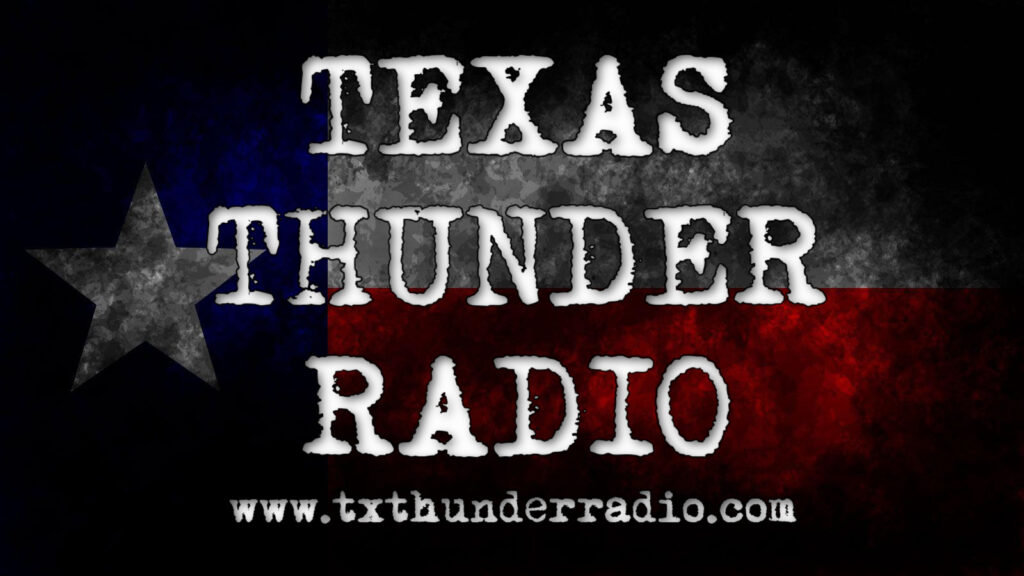 ABC NewsBY: BRITTANY BORER, ABC NEWS
ABC NewsBY: BRITTANY BORER, ABC NEWS
(NEW YORK) — Two storm systems will be making for messy conditions along the West coast and parts of the southern Rockies through the South today.
A wave of low pressure is expected to ride the jet stream from the southern Rockies into the Southeast bringing rain and some wet snow along with it.
Rain and mountain snow will persist through Monday morning in the Pacific Northwest into parts of California and the northern Rockies.
Winter Weather Alerts are in place for 9 million Americans along the Cascades, Rockies and the Central Plains.
As the front moves onshore Sunday into early Monday snow showers are likely and the higher elevations along The Sierra Nevada could see upwards of 6 to 10 inches of snow while surrounding areas are looking at a general 3 to 6 inches.
Texas will see rounds of rain developing Sunday morning with snow showers possible on the north side of the storm in northern Oklahoma, northern Arkansas and southern Missouri.
This storm moves fairly quickly across the South overnight and ends up on the East Coast by Monday morning and folks in the Appalachians could very well be looking at some snow for the morning commute from Pennsylvania to Virginia in elevated areas. Elsewhere, however, it looks like mostly rain.
Though it’s possible for a few wet snowflakes to be mixed in, it is not looking promising to see much, if any, accumulation east of I-81.
There is still uncertainty with regards to this forecast but we are monitoring the latest guidance very closely for a potential winter storm along the east coast later this week.
Below we have scenarios from two of the major computer forecasting models. You will notice that the impacts are very different in both scenarios so it is too early to give a definitive call on who exactly is getting snow or not.
The European model shows a slightly warmer solution with a very sharp cut off showing low snow accumulation amounts from Washington, D.C. through central New Jersey and into Connecticut. If this case pans out, higher accumulations will be well west of I-95. This particular model is also favoring more rain for NYC and Washington which could lower snow totals but also yield a layer of ice on outdoor surfaces.
The American (GFS) Model shows a slightly colder solution as the center of the low remains offshore. This would allow more of a snow event for Washington, D.C., Philadelphia and New York City.
Again: the differences in computer guidance are quite pronounced at this time. Impacts will rely heavily on the exact formation and location of the low as well as timing of the system. We will have greater confidence about specific impacts as we get close to the event and will update accordingly.
Copyright © 2020, ABC Audio. All rights reserved.



Comments are closed.